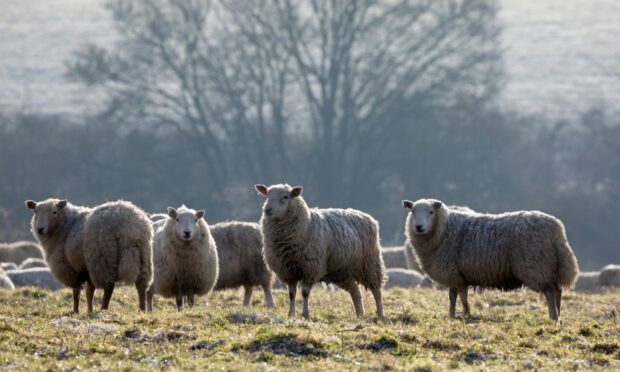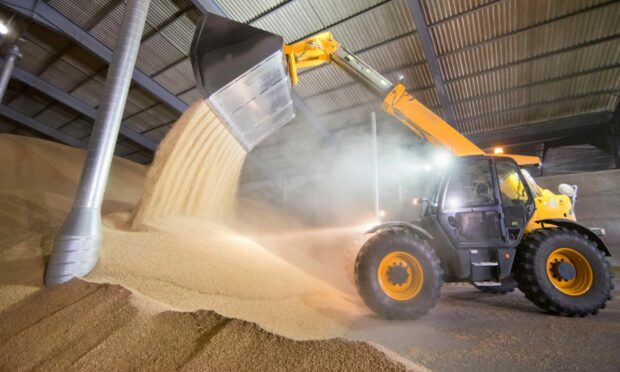November saw the deadline for submissions to the Scottish Government’s Agricultural Transition in Scotland consultation.
The purpose of the consultation was to question the wider industry on the recommendations in reports published earlier this year from the farmer-led groups, intended to inform the wider work on the development of agricultural policy and the replacement to the Common Agricultural Policy (Cap).
Frustratingly, rural policy and post-Cap development in Scotland has made little progress since Brexit, and there remains much uncertainty in the industry, which makes it incredibly difficult for land managers to plan and invest for the long term.
We support the link between payments and environmental goals, to ensure that we are using land to tackle the climate and biodiversity emergencies, while also maintaining food production at a level which ensures critical mass for adding value and processing.
Data collection will be important to measure the success of this, but it must have a strong baseline which is clear and understandable for the industry.
We should use this transition period to enable the adoption of innovative approaches, advice, knowledge exchange and facilitation.
There remain many unknowns, for example with carbon and biodiversity audits where the current available software does not include all inputs and outputs to derive the carbon footprint.
This needs further development to include, for example, carbon in soil, hedgerows, heather, and other land features, where sequestration is already taking place across all enterprises in the farm business.
Policy development must take an integrated approach to land use, no longer looking at forestry, farming, moorland, water quality and other policies in isolation.
Capital funding will be required to ensure land managers are able to deliver the wider benefits which land can offer, often in ways which cannot be monetised through traditional markets.
Farmers and land managers should be empowered to make decisions to best deliver the outcome expected, with support and advice, including the Rural Payments and Inspections Division (RPID) adopting more of an advisory role rather than that of inspector and enforcer.
The Agri-Environment Climate Scheme (AECS) was a good example of funding being used to promote land management practices to achieve specific aims for the benefit of the environment.
We welcome the recent announcement that funding will be made available for an extension to the AECS in 2022, but would like to see a long-term commitment with greater emphasis on improving soil health, access to skills, training, and knowledge sharing.
Similarly, the recent Sustainable Agriculture Capital Grant Scheme (SACGS) pilot enabled businesses to invest in items which will have long-term benefits both for their business and the environment, but also enabling a pace of change which would not have occurred without support.
A broadening of the scheme would continue to deliver wider benefits.
Without good returns it is hard for any business to plan and invest for long-term benefit.
A more balanced supply chain, with inherent fairness would give greater confidence to farmers to make the changes necessary, as well as recognition of the wider economic, environmental, and social benefits that come from responsible land management.
The same can be said for government support, clear signals, and long-term thinking, with aligned support packages will enable land managers to make changes to their business with confidence, without the fear of making a wrong choice now which will impact their business in the long-term.
We have an excellent opportunity to develop a rural policy for Scotland which will meet the needs of land managers while addressing the climate and biodiversity crises, but Scotland is still lagging behind the rest of the UK in developing its future agricultural policy and clear direction is much needed at this critical time for the industry.
- Paul Richardson is policy adviser for agriculture and climate change at Scottish Land & Estates.


